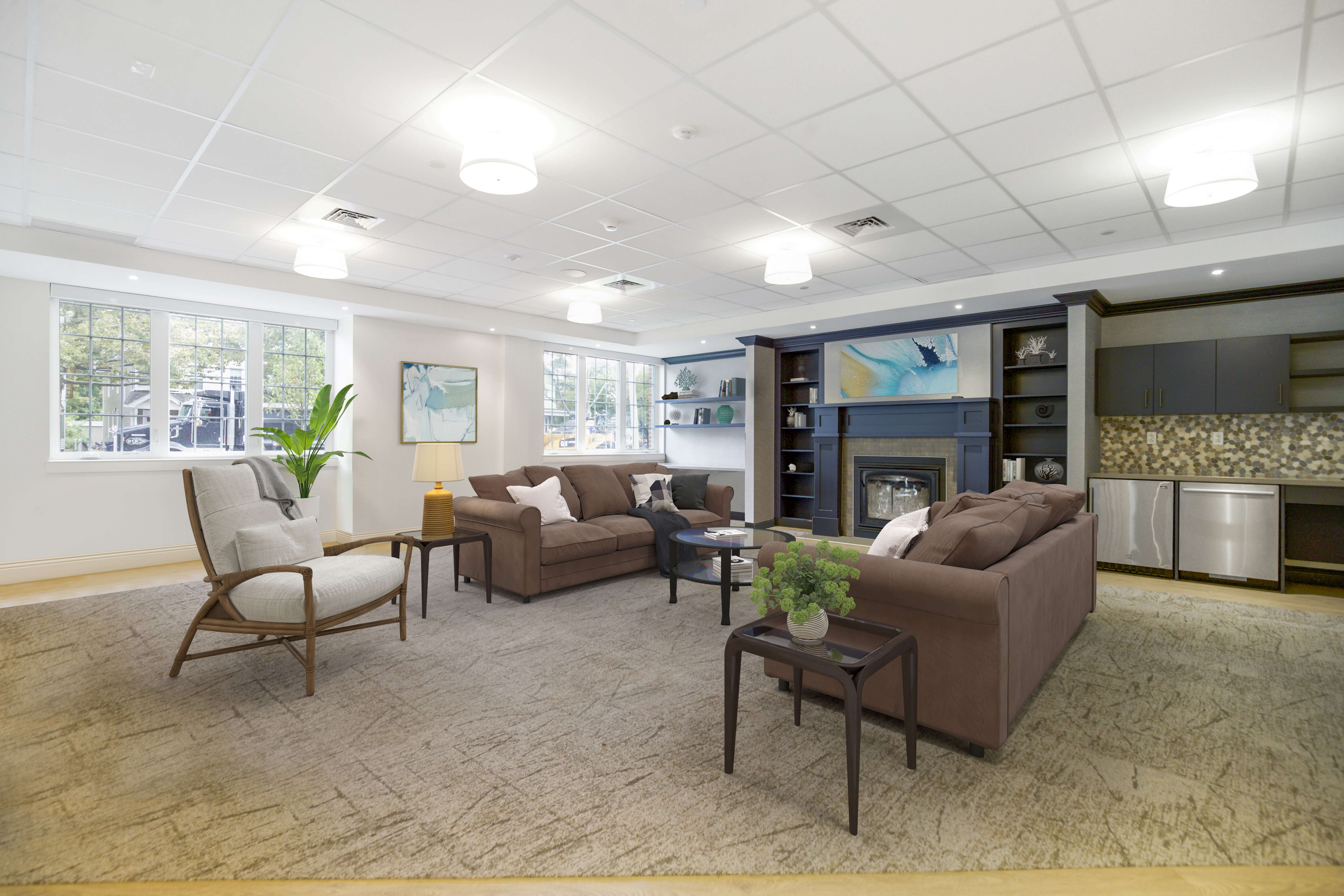
Processing Your Payment
Please do not leave this page until complete. This can take a few moments.
-
News
-
Editions
-
- Lists
-
Viewpoints
-
HBJ Events
-
Event Info
- 2024 Economic Outlook Webinar Presented by: NBT Bank
- Best Places to Work in Connecticut 2024
- Top 25 Women In Business Awards 2024
- Connecticut's Family Business Awards 2024
- What's Your Story? A Small Business Giveaway 2024 Presented By: Torrington Savings Bank
- 40 Under Forty Awards 2024
- C-Suite and Lifetime Achievement Awards 2024
- Connecticut's Health Care Heroes Awards 2024
-
-
Business Calendar
-
Custom Content
- News
-
Editions
View Digital Editions
Biweekly Issues
- April 15, 2024
- April 1, 2024
- March 18, 2024
- March 4, 2024
- February 19, 2024
- February 5, 2024
- January 22, 2024
- January 8, 2024
- Dec. 11, 2023
- + More
Special Editions
- Lists
- Viewpoints
-
HBJ Events
Event Info
- View all Events
- 2024 Economic Outlook Webinar Presented by: NBT Bank
- Best Places to Work in Connecticut 2024
- Top 25 Women In Business Awards 2024
- Connecticut's Family Business Awards 2024
- What's Your Story? A Small Business Giveaway 2024 Presented By: Torrington Savings Bank
- 40 Under Forty Awards 2024
- C-Suite and Lifetime Achievement Awards 2024
- Connecticut's Health Care Heroes Awards 2024
Award Honorees
- Business Calendar
- Custom Content
Nursing homes anticipate growth as pandemic impact eases
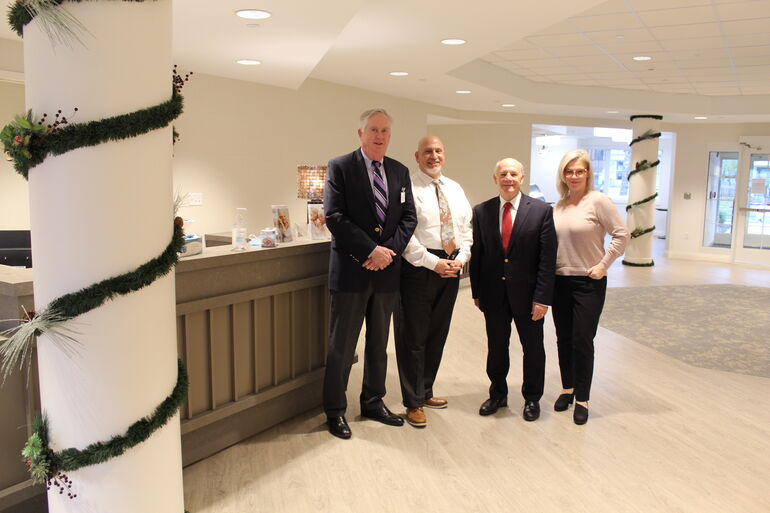 PHOTO | Liese Klein
From left: Executive Director Mike O’Brien, Community Sales Counselor Frank Rende, President and CEO David Hunter and Marketing and Communications Manager Kara Hunter at Mary Wade Home's new Chatham Place facility, which opened in December with an additional 64 assisted living apartments and 20 units for those needing memory care.
PHOTO | Liese Klein
From left: Executive Director Mike O’Brien, Community Sales Counselor Frank Rende, President and CEO David Hunter and Marketing and Communications Manager Kara Hunter at Mary Wade Home's new Chatham Place facility, which opened in December with an additional 64 assisted living apartments and 20 units for those needing memory care.
The phone never stopped ringing when Frank Rende was being interviewed — calls just kept coming in.
Rende, community sales counselor for the Chatham Place building at Mary Wade Home, said at least some of those calls were from seniors and family members looking for units at the brand-new assisted living and memory care facility in New Haven.
Chatham Place opened for occupancy in late December at 138 Clinton Ave., in Fair Haven, across from Mary Wade’s historic location.
“There’s a lot of inquiries and interest,” Rende said. “There are a lot of people out there in the community who need assistance, who are isolated and need care because they can’t navigate their homes. …There’s definitely a need.”
More than a dozen deposits had been put down weeks before the facility was due to open and Rende and other Mary Wade executives said they anticipate Chatham Place will soon reach full occupancy.
“We do think there’s pent-up demand right now because of the last two years of isolation at home [due to COVID-19],” said David Hunter, president and CEO of Mary Wade and a 40-year veteran employee. “As families are starting to come back to work, there are issues with seniors who’ve been home with families and are now without them.”

A lounge in Chatham Place in New Haven.
Styled as an upscale hotel, Chatham Place offers 64 assisted living apartments and 20 units designed for “memory care,” or the more intensive needs of seniors living with Alzheimer’s and other forms of dementia.
Across the street, Mary Wade’s main facility offers nursing home and hospice care to those with escalating medical needs, so a resident can transition from one level of care to another.
Rebounding sector
Mary Wade’s growth comes as many nursing homes across the state have steadily added occupants over the last year in the wake of the worst of the pandemic crisis. About 4,000 residents of Connecticut nursing homes and assisted living facilities died from COVID in 2020, according to state data, most before the availability of vaccines.
Although sporadic nursing home outbreaks and deaths continued into this fall, the industry's improved infection-control measures and high vaccine compliance have kept COVID under control for the most part and restored some measure of consumer confidence, said Matthew Barrett, president and CEO of the Connecticut Association of Health Care Facilities Inc. and the Connecticut Center for Assisted Living.
That confidence shows in the numbers: Nursing home occupancy has crept up nearly every month in the past year, rising from the 2020 average occupancy rate of 74% to 78.35% in Nov. 2021. Mary Wade’s recovery has outpaced the state, with 82 of its 94 beds occupied in November for 87.2% occupancy. Pre-pandemic, nursing home occupancy statewide averaged 88%, a stable number over several years.
Although several homes have closed in the state in the last year, the industry also hasn’t seen the economic wipeout predicted during the worst of the pandemic’s first phase. A total of 23,524 beds at nursing homes were available in Connecticut in Nov. 2021, down only 2.5% from Nov. 2020, according to state census statistics.
Even so, the state is seeking to further reduce the proportion of seniors and disabled people housed in facilities in favor of home or community care, an effort that has been ongoing for decades. In a report scheduled to be presented to the state legislature this month, the Connecticut Long-Term Care Planning Committee set a goal to boost the proportion of Medicaid patients receiving long-term home and community-based care from 70% in 2021 to 75% by 2025.
But even state mandates can’t fight demographics, which show the proportion of older seniors rising nationwide. A huge boom is set for 2025, when the first of the Baby Boomers start turning 80. Older seniors tend to have escalating care needs, especially around memory issues, and home services to meet those needs can quickly get prohibitively expensive.
“One recognized need in the community and in nursing homes is the increasing part of the population that will have issues related to dementia or Alzheimer's care,” Barrett said. “There still remains strong demand and need for skilled nursing.”
Ongoing staffing shortages in the industry have artificially capped growth at many facilities so the current demand may be even higher than reflected in occupancy statistics, Barrett added.
“Related to the needs of an older population, over the next several years, will nursing homes recover? There’s strong evidence that they will,” he said.
Fair Haven appeal
Mary Wade is a historic place in Fair Haven, where it was established in 1866 as a “Home for the Friendless.” Generations of Fair Haveners have lived or worked there, and the facility has steadily expanded onto about 5.5 acres at the heart of the neighborhood.
Contractor O,R&L broke ground on the 75,000-square-foot Chatham Place building just before the pandemic. In addition to the main campus and new facility, Mary Wade also owns seven homes on adjacent Atwater Street, which it has refurbished as 10 additional living units.
“We determined years ago that seniors wanted a campus that would provide services as they aged but not have it look or feel like a restrictive nursing home,” Hunter said. “Nursing homes are designed as hospital buildings — they’re really not conducive to a normal life environment. This is more based on a hotel.”
Chatham Place’s interior color scheme is based on the hues of the nearby Quinnipiac River.
Filling the new facility requires selling residents on the appeal of the Fair Haven location in addition to the care standards, said Mike O’Brien, executive director of Chatham Place at Mary Wade.
“We have to differentiate ourselves because there are so many options,” O’Brien said. “The building’s beautiful, and that was the easy part. The hard part is to provide the service and exceed expectations.”
The facility’s proximity to New Haven is also a major selling point, Hunter said.
“We wanted to provide an opportunity on our campus here for people who were aging and looking for options to live out their days in the Fair Haven, New Haven area,” he said. The city’s public transportation, restaurants, arts and theater are a major draw.
Urban living tested
Nursing homes and assisted living communities in urban areas have seen an influx of residents in recent years as seniors increasingly seek city life, said Richard Kes, a healthcare partner and industry senior analyst at accounting and consulting firm RSM.
“We started to see a shift over the last decade or so of seniors wanting to move back into urban areas,” said Kes, whose company works with 3,000 healthcare clients nationwide. “A lot of seniors are still very active, they want to go out to dinner, have coffee, go shopping. They want to live near all those things.”
But the turmoil of the last few years may have impacted that trend, Kes said.
“During the pandemic, we saw some of that reverse,” he said of the urban migration. “Looking forward, at some point people will probably lean back toward that direction, but time will tell.”

2022 Giving Guide
This special edition informs and connects businesses with nonprofit organizations that are aligned with what they care about. Each nonprofit profile provides a crisp snapshot of the organization’s mission, goals, area of service, giving and volunteer opportunities and board leadership.
Learn more
Subscribe
Hartford Business Journal provides the top coverage of news, trends, data, politics and personalities of the area’s business community. Get the news and information you need from the award-winning writers at HBJ. Don’t miss out - subscribe today.
Subscribe
2024 Book of Lists
Delivering Vital Marketplace Content and Context to Senior Decision Makers Throughout Greater Hartford and the State ... All Year Long!
Read Here-
2022 Giving Guide
This special edition informs and connects businesses with nonprofit organizations that are aligned with what they care about. Each nonprofit profile provides a crisp snapshot of the organization’s mission, goals, area of service, giving and volunteer opportunities and board leadership.
-
Subscribe
Hartford Business Journal provides the top coverage of news, trends, data, politics and personalities of the area’s business community. Get the news and information you need from the award-winning writers at HBJ. Don’t miss out - subscribe today.
-
2024 Book of Lists
Delivering Vital Marketplace Content and Context to Senior Decision Makers Throughout Greater Hartford and the State ... All Year Long!
ABOUT
ADVERTISE
NEW ENGLAND BUSINESS MEDIA SITES
No articles left
Get access now
In order to use this feature, we need some information from you. You can also login or register for a free account.
By clicking submit you are agreeing to our cookie usage and Privacy Policy
Already have an account? Login
Already have an account? Login
Want to create an account? Register
Get access now
In order to use this feature, we need some information from you. You can also login or register for a free account.
By clicking submit you are agreeing to our cookie usage and Privacy Policy
Already have an account? Login
Already have an account? Login
Want to create an account? Register
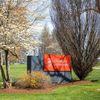

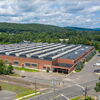
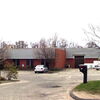


0 Comments